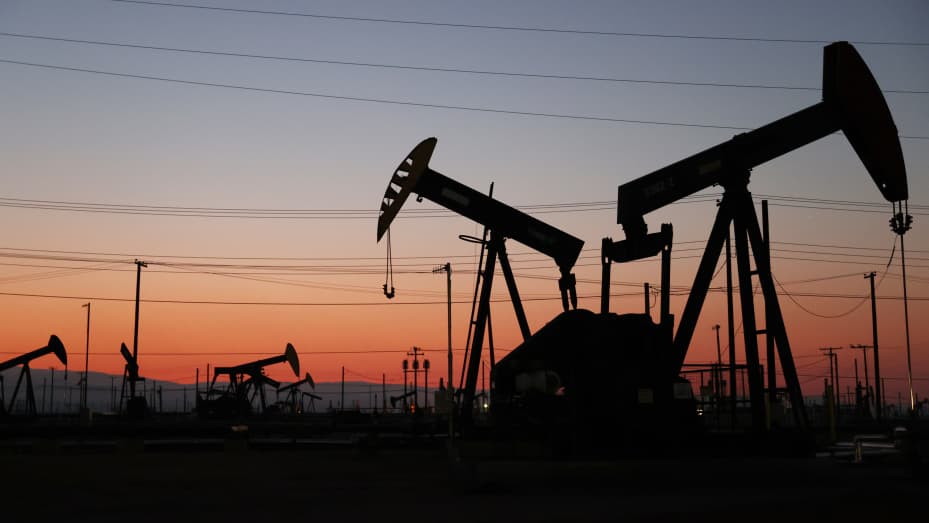FXOpen

It is quite clear that the global markets are once again being subjected to price movements based on the anticipation of traders in the West who are watching with bated breath what is happening within the political realms of Eastern Europe and Russia.
Political tensions and the degradation of relations between majorly influential nations are always a catalyst in the fluctuating prices of commodities and currencies, and this week's events appear to be no different when taken at face value.
It would be very easy to think that the price of crude oil rising to an extremely high $99 per barrel during yesterday's trading session in Europe is a direct result of the European Union's response to the NATO position on Russian President Vladimir Putin's perceived activities in Ukraine.
There is, however, much more to it than that. There has been a fundamental differential between supply and demand over the past year, which has been directly responsible for raising the price of oil a long time before any tabloid newspaper began sensationalising the relationship between the governments of Russia and Ukraine.
During the course of 2021, European and British governments trotted out their agendas, which ranged from lockdowns and restrictions on business and personal freedoms to green ESG agendas which gave the public the impression that they would be saddled with the huge expense of having to adapt their lifestyle to accommodate 'renewable' energy such as refit their heating system at home, or buy an expensive electric car, and if unable to do so, face enormous charges for driving to their workplace.
This died down, and very few people really paid much attention, so now the next attempt to create panic has been rolled out, that being the projection by the news channels that the whole world is heading for a war. A massive exaggeration to say the least.
The reality is that oil cartel OPEC+ cut production sharply in 2020 during the period at which lockdowns were imposed in many nations and logistics including transporting oil from refineries was difficult, and much less was being used as people were not allowed to go to their workplaces or drive their cars very far.
As of now, the OPEC+ nations have only moved only gradually to restore output. This is a very clever way for the oil industry to create a scarce market and capitalise on the supply vs demand differential.
Failing to restore oil production to its pre-2020 level should be looked upon as not only a tactic which can be used to drive up the prices, but also needs to be looked at from an engineering perspective too. Ramping up oil production after scaling it back is not as simple as just switching on more supplies. It is a very intensive engineering procedure and can take some time to accomplish.
At the same time, publicly traded oil companies have been under pressure from their shareholders to deliver returns, rather than pump as much oil as possible as a conservative view has been displayed by many investors in oil company stock at a time during which so many variables are influencing the prices.
Currently, oil is trading at more than double its average price over the year 2020, which was $42 per barrel. Now it's up to $99 but even the Russian finance ministry considers that to be over-inflated by almost double its realistic value, however JP Morgan's analysts believe that it will be unlikely to drop in value to lower than $84 per barrel even if all mention of any potential war in Ukraine stops altogether.
Volatility is back, folks.
This article represents the opinion of the Companies operating under the FXOpen brand only. It is not to be construed as an offer, solicitation, or recommendation with respect to products and services provided by the Companies operating under the FXOpen brand, nor is it to be considered financial advice.
Stay ahead of the market!
Subscribe now to our mailing list and receive the latest market news and insights delivered directly to your inbox.








